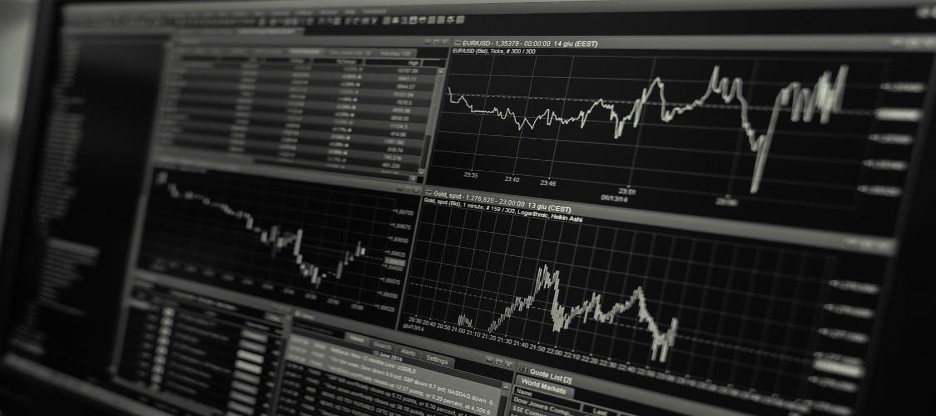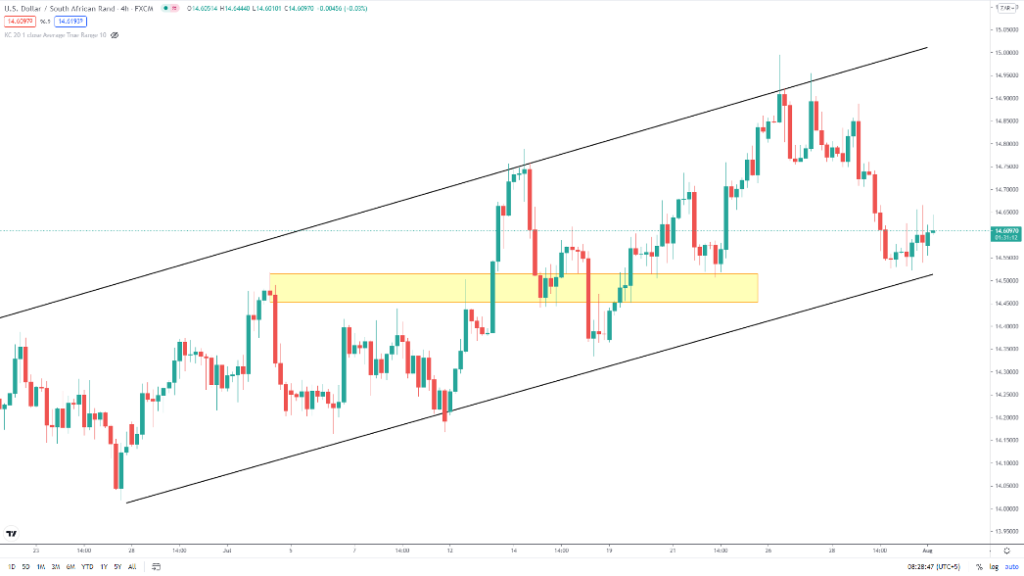
Introduction
The US dollar is one of the most traded currencies in the world. It belongs to the world’s largest economy and is used as a major reserve by most countries. The greenback is frequently coupled with other instruments which constitute major, minor and exotic currency pairs.
The South African Rand or ZAR is the currency of South Africa. The South African Reserve Bank is responsible for presenting the monetary authority and maintaining the coin’s stability. The currency was introduced in February 1961, and since then, it has depreciated significantly due to various fundamental factors.
Characteristics of USDZAR
The currency pair has the following characteristics:
- As USD/ZAR is an exotic pair, it has less liquidity which often conforms to the high volatility. This leads to investors flocking over to trade the instrument for capitalizing on movements
- The spreads or trading costs of USD/ZAR are higher due to less trading volume. However, the high volatility can cover the commissions easily
- It is possible to trade USD ZAR using fundamentals and technical
- The pair is available to trade at most broker’s as it is one of the favorite exotic currencies of many market participants
Factors Influencing USDZAR
Understanding the factors that affect the price of base and quote currency traders can better speculate the future of Rand Dollar Exchange Rate.
The United States Dollar can come under the influence of the Fed’s monetary policy and statements from the Fed chief. Inflation, supply, and demand are also some of the few factors influencing the greenback. Non-Farm payroll that is released the first Friday of each month can also move the pair by 5 to 10 pips or even more and change the trend.
The South African Rand is a commodity-based currency due to its rich mineral reserves that prove to be the backbone of the economy. Traders use gold prices to speculate the movement of ZAR as the metal constitutes major exports of the country.
Trading USD/ZAR
Apart from using economic events, traders are able to employ technical techniques such as price action, indicators, etc., for trading. The pair nicely follows the trend-making higher highs and lows during an uptrend and lower lows and highs while on a downtrend. Trend lines, moving averages, Fibonacci intervals, supply and demand zones are employed on the charts frequently to judge the price action.

Image 1. A trader nearly draws their trend lines and supply zone. Notice how the supply zone becomes the demand where the price bounces off neatly. The bullish engulfing pattern can also act as a confluence here.
To get more confirmation on each position, traders also use correlation from XAUUSD as the South African Rand heavily relies on gold, as mentioned before. Combining fundamentals and technicals provides some of the best risk-reward trades with a high winning probability on USDZAR.
FAQs
What is a single pip value on USDZAR?
A single pip or 10 points in USDZAR will be 10 ZAR for one lot equivalent of 100000 units. Pip value can be increased or decreased depending on the position size. For example, five lots will equal 50 ZAR for a single pip change.
IS USDZAR more profitable than other trading pairs?
A trader’s profitability depends on their trading style, psychology, and ability to manage risk. Considering the pair’s high volatility, there might be more opportunities at hand while trading. Due to low liquidity, high-volume trades may experience slippage and no fills, but this can vary from one brokerage to another.
Is USDZAR a major, minor, or exotic pair?
US dollar and South African Rand occupy their place amongst the exotic currency pairs as the latter belongs to a developing country.


































